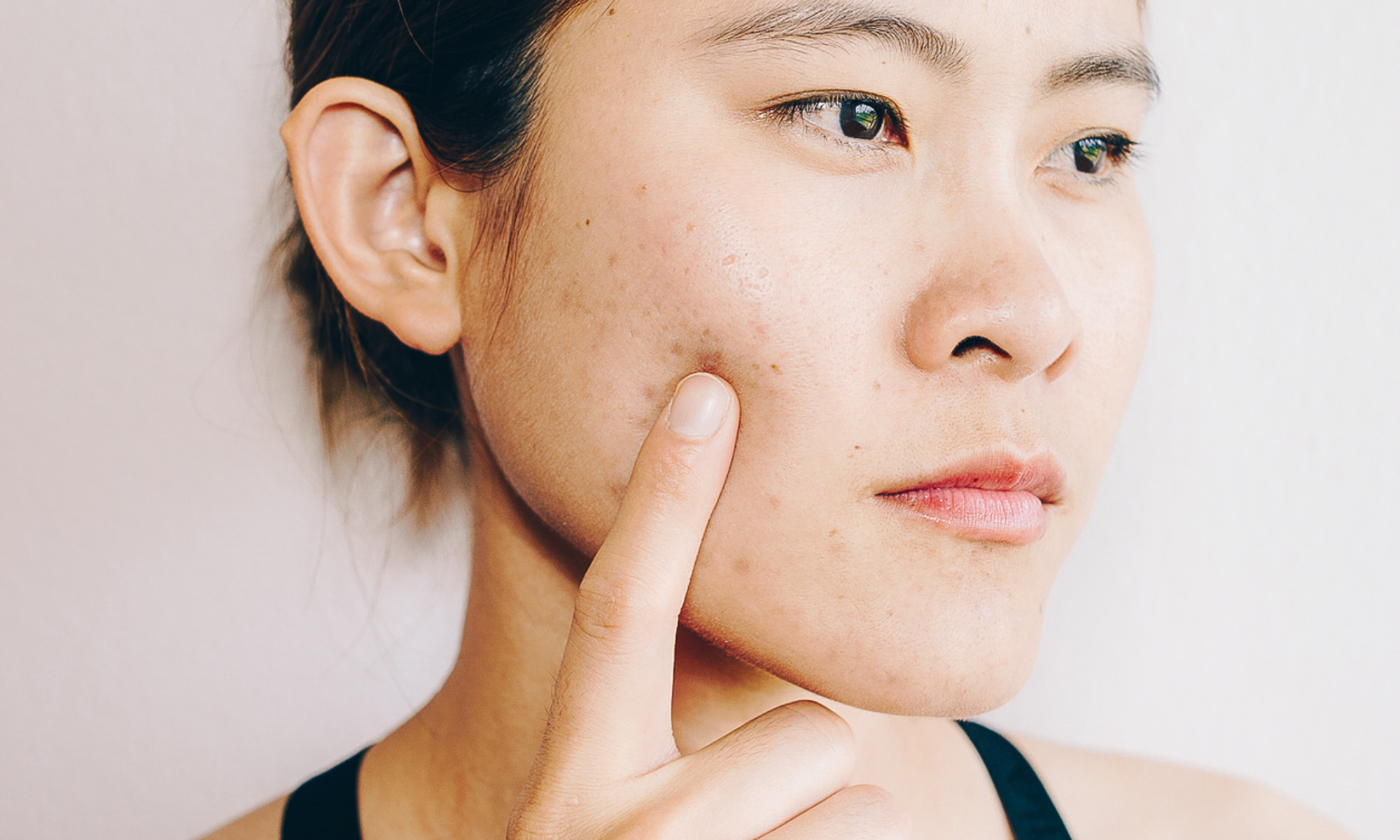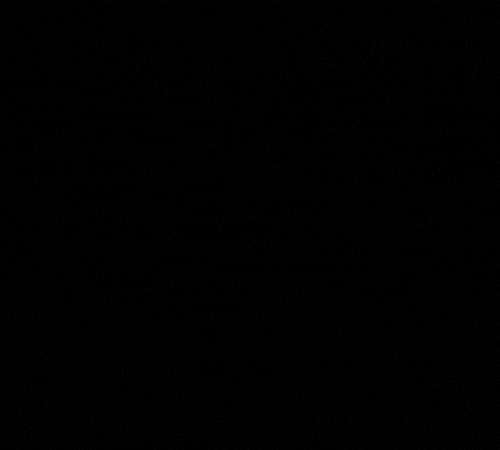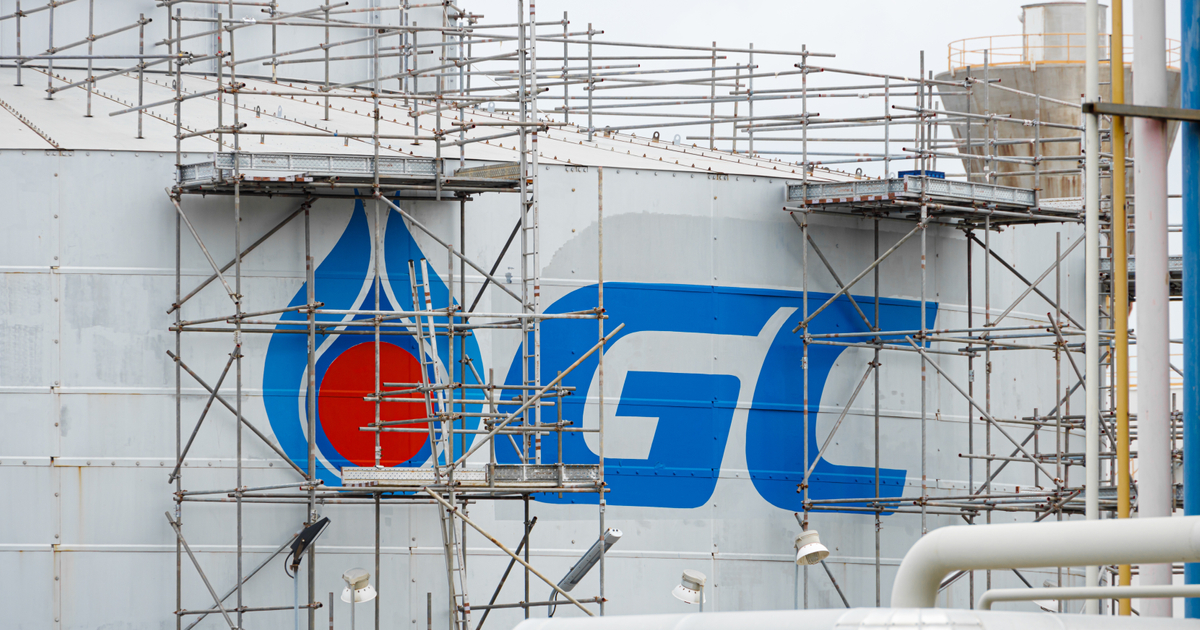New Study Says This Method Is Way Better Than Chemical Peels For Acne Scars
Acne scars can be tough, but this treatment holds promise.

In this study1 from the Journal of Clinical and Aesthetic Dermatology, board-certified dermatologist Babar Rao, M.D., FAAD, a professor of dermatology and pathology at Robert Wood Johnson Medical School, and fellow researchers randomly assigned 60 participants with acne scars and deeper skin tones to two groups.
They compared two different treatments, one being a chemical peel with 35% glycolic acid and the other a microneedling session—both administered every two weeks for 12 weeks.
In case you're unfamiliar, microneedling involves tiny sterilized needles that pierce the skin and stimulate collagen production, thus encouraging the skin to heal—in turn, the method helps reduce the appearance and depth of acne scars.
Chemical peels, on the other hand, do exactly what you’d expect—chemical exfoliants are used to remove the top layer of the skin. The skin that grows back in its place is likely smoother and free from discoloration. This helps to minimize the appearance of acne scars, too.
So what did the researchers find? Microneedling provided better treatment outcomes compared to 35% glycolic acid peels in patients with darker skin tones.
This study marks a major stride in the world of acne scar treatments: While chemical peels may still be a good option for some (if it works for you, it works!), microneedling may demonstrate even better results for acne scars, especially for those with melanin-rich skin. As always, try to chat with a dermatologist before booking any of these treatments.

 Aliver
Aliver 

























.jpg&h=630&w=1200&q=100&v=6e07dc5773&c=1)






